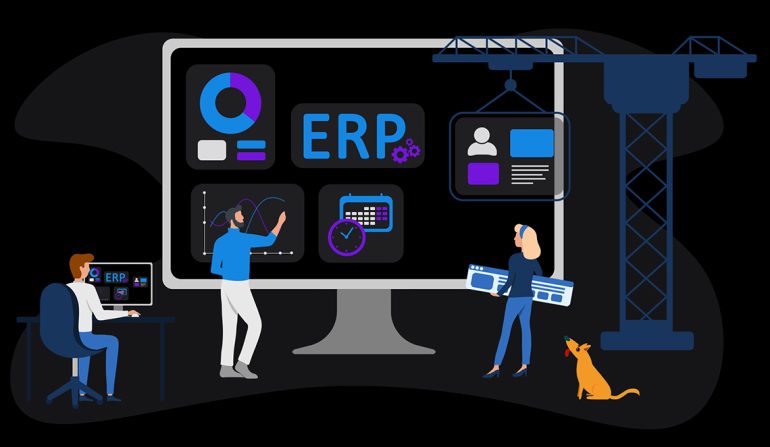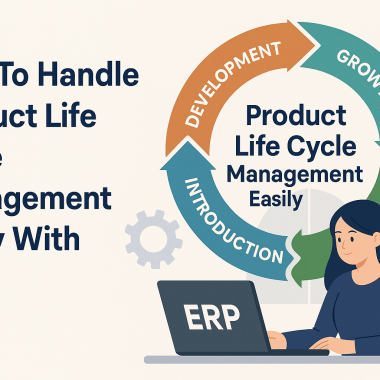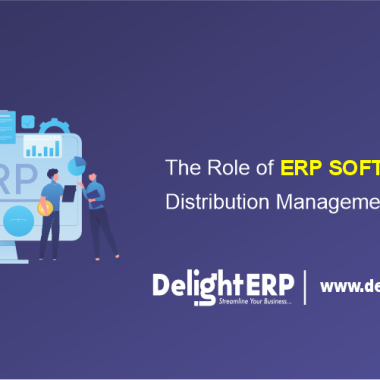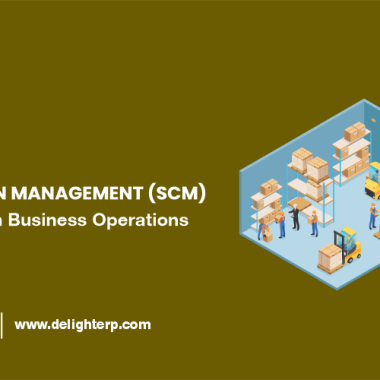Introduction
Establishing an ERP strategy will bring together your teams on a level playing field with the knowledge and information to implement, use and succeed with enterprise resource planning (ERP) software.
It doesn’t matter what business you have; every business requires a particular method of organization. According to the organization, it is mandatory to be profitable and successful. An absence of proper business strategy leads to declining business growth in any organization. But, even knowing this, many small- and medium-sized businesses aren’t clear about what they need or even where to start looking.
ERP systems boost resource and operational efficiency, which is primary for any business to flourish in this age of explosive growth and competition. Most of the industry leaders have adopted an ERP system for businesses and consider allowing technology upgrades. However, few companies still consider ERP software as a cost-restrictive investment, missing the return on investment these systems bring.
WHAT IS AN ERP STRATEGY?
An ERP strategy is the guide that manufacturing companies follow to impact and shape the implementation, application, and use of ERP software. The successful implementation of ERP software is the result of an estimated and well-planned ERP strategy.
In this modern world, manufacturing companies are taking the plunge and investing in ERP software. Manufacturers need software and technology to advance off the curve, but choosing to implement ERP software is not an easy decision. Even if organizations have achieved success and things are going well, there is always room to improve and create more organized processes.
ERP software is designed to take a closer examination of a company’s business processes and identify areas where improvements can be made.
A successful ERP implementation involves three important factors:
- The participation and engagement of your company’s people
- The right ERP software that fits your company’s requirements.
- And processes that will decrease challenges and make for a smooth implementation

1. The participation and engagement of your company’s people.
One of the most usual reasons that most ERP implementation programs fail is the absence of clarity in the entire process. It is hard to interact with the entire workforce to understand their challenges in accomplishing daily business operations.
Also, it is crucial to include the stakeholders to understand their expectations and get a budget sanctioned for this project. Business leaders also require to consider the suitability of the ERP tools with third-party systems to streamline operations. Successful implementation of enterprise resource planning software needs everybody included in the process to accept the change.
2. The right ERP software fits your company’s requirements.
Once the main implementation of interacting with the entire team and stakeholders, you need to consider the long-term, and short-term goals of the enterprise and which ERP features will allow accomplish the business objectives.
Based on the enterprise resource planning requirements of the enterprise to achieve the goals, the main ERP implementation team can explore the entire ERP market to find a tool that matches their requirements.
3. Processes that will decrease challenges and make for a smooth implementation.
Every enterprise will have its requirements and goals that they need to achieve from the execution of the ERP system. However, selecting and implementing less dependable and scalable tools can lead to a loss of investment and effort in the project. Implementing ERP tools will ensure that the entire business operates on it, and delays or downtimes will create disturbances in operations and cash flows. Enterprise needs to do processes that will decrease challenges and make for a smooth implementation.
How to create a successful ERP strategy to increase your productivity?
Following are the 6 steps to create a successful ERP strategy. We suggest you do these six things before or at the start of your ERP software vendor search.
1. Recognize and address IT issues:
The IT system presently in place must be able to support the installation of ERP software that will increase productivity and efficiency and generate more revenue. You will likely require updated hardware installed. Work with your internal IT team or consult with outside IT professionals to recognize what you need.
2. Set a budget:
An ERP implementation often involves upfront costs to deliver positive results, and it is not rare for an ERP implementation to surpass initial budgets. It is wise for companies to assign appropriate funds to support the entire implementation, including a contingency budget should any costs overrun.
3. Plan for incorporation challenges:
If you have legacy software programs you use such as nesting or CAD software. There may be times when the new ERP system won’t be capable of constructively communicating. You will need to regulate business processes or get adopt ERP software that will allow the two systems to communicate with one another.
4. Create a change management plan:
ERP software is only as operative as the people engaging with it daily. Training is an essential part of the ERP implementation process and getting staff members to understand how to use and accept the new platform can be a challenge. Remind them that is a great opportunity and to remain unbiased. A change management plan is needed to reinforce the essential of the software and the need to be able to use it correctly.
5. Conduct a risk assessment:
ERP software has a massive value. However, there are still chances for things to go wrong during implementation. Decision-makers should determine any areas where complications might occur and address them before the installation begins. Plan to be action driven.
6. Outline an ERP roadmap:
Before you commit to an ERP vendor, it’s a good idea to outline a roadmap to make sure a smooth implementation. Define clear roles and responsibilities, describe a set of objectives, identify milestones, and determine if you have sufficient resources.
Conclusion
ERP software can increase your manufacturing productivity. But it starts with building an ERP strategy. Implementing a successful ERP strategy for your business will increase productivity.





